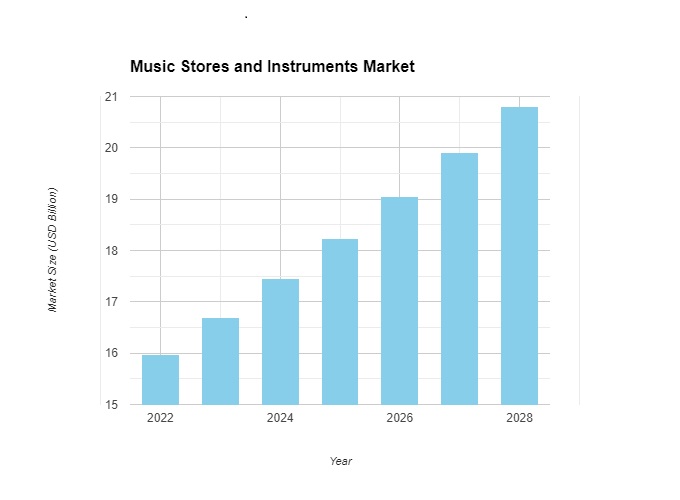Introduction:
The online music market has experienced a truly remarkable ascension in recent years, driven by the digital revolution sweeping across the music industry. To fully grasp the current landscape, we must delve into key aspects such as market size, growth trajectory, revenue streams, prevailing trends, influential players, and the promising future that lies ahead.
Online Music Market Size, Share, and Growth:
The online music market has witnessed exponential growth, reaching a staggering USD 39.52 billion in 2023, marking a 14.7% increase from the previous year. This remarkable growth can be attributed to the ever-increasing popularity of streaming platforms and the widespread adoption of digital music services across the globe. Streaming reigns supreme, accounting for a dominant 70.8% share of the total revenue generated within the online music market.
Digital Music Market Trends:
Several compelling trends are shaping the digital music landscape:
- Shifting from Ownership to Access: Consumers are increasingly embracing subscription-based models, favoring access to vast music libraries over purchasing individual songs or albums.
- Personalized Experiences: The rise of personalized playlists, algorithm-driven recommendations, and high-fidelity audio formats are significantly enhancing the overall user experience.
- AI and Machine Learning Integration: The integration of artificial intelligence (AI) and machine learning has become a game-changer, empowering platforms to analyze user preferences and tailor content accordingly. This not only fosters user engagement but also allows platforms to anticipate and cater to evolving consumer demands.
Online Music Industry Players:
The online music industry is a dynamic ecosystem teeming with key players vying for market share. As of the latest data, Spotify remains a frontrunner, boasting over 433 million active users and a staggering 182 million paying subscribers. Apple Music follows closely behind with a subscriber base of 80 million, highlighting the fierce competition within the market.
Beyond dedicated streaming platforms, social media has emerged as a significant player in the online music landscape. Platforms like TikTok and Instagram have transformed into influential hubs for music discovery and promotion, allowing artists to reach wider audiences and gain recognition.
Online Music Market Future Outlook:
Looking ahead, the future of the online music market appears resoundingly promising, driven by continued advancements in technology and the ever-evolving preferences of consumers. Projections suggest that the market will surpass USD 103.07 billion by 2030, fueled by the increasing penetration of high-speed internet and the widespread adoption of smart devices.
The demand for exclusive content and original programming is expected to rise, leading to strategic collaborations between streaming platforms and artists or record labels. As 5G technology becomes more prevalent, it will further revolutionize the online music experience by enabling faster streaming and immersive audio-visual content.
In conclusion, the digital music market has become a powerhouse within the broader music industry. With an impressive market size, continuous growth, and innovative trends shaping the future, the industry is experiencing a transformative era. As key players continue to vie for dominance and technology evolves at an unprecedented pace, the future outlook for the online music market remains bright, promising a harmonious blend of innovation and accessibility for music enthusiasts worldwide.

